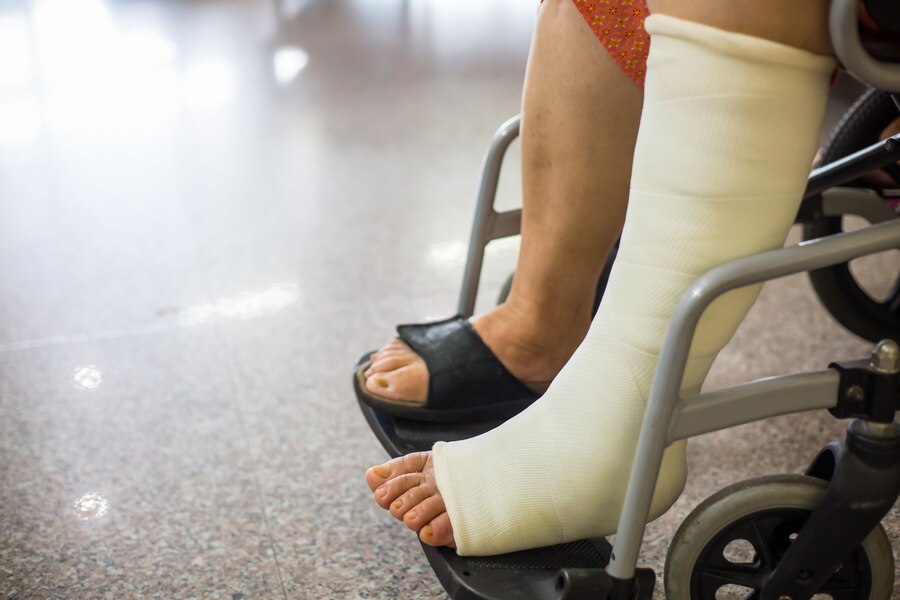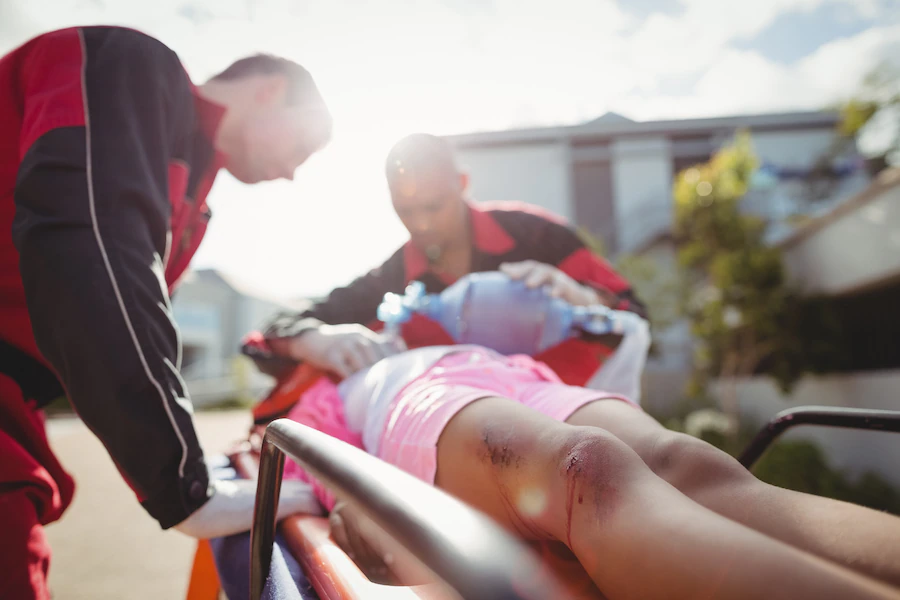Those who have been in combat have had to endure a multitude of different injuries, seen and unseen. Explosion-related harm to the body and mind is known as blast injuries.
These injuries are common in combat environments where explosions from various sources, such as improvised explosive devices (IEDs), landmines, or artillery shells, pose a constant threat to military personnel.
Understanding the nature of blast injuries is vital to providing adequate care and support to those affected.
Types Of Blast Injuries
Various types of blast injuries might affect an individual. Check them out here:
Primary Blast Injuries
Primary blast injuries result from the direct effects of the blast wave on the body. High-order explosives mainly cause them. It is usually a result of an overpressurization wave on the body. Gas-filled organs mainly have to experience these kinds of injuries. Injuries might be a result of inertia, spalling, or implosion.
Organs and tissues may suffer severe damage as a result of the sudden increase in atmospheric pressure and subsequent sharp decrease. Spalling takes place whenever the shock wave merges from one medium to the other having lesser density. Common primary blast injuries include lung damage, ear injuries, and traumatic brain injuries (TBIs).
Secondary Blast Injuries
Secondary blast injuries occur when fragments propelled by the explosion, such as shrapnel or debris, penetrate the body. These injuries can cause significant damage to vital organs, blood vessels, and bones. Shrapnel injuries are a typical example of secondary blast injuries. Information regarding shrapnel injuries and veterans’ benefits can be found on Benefits.com.
These forms of injuries are mostly caused by debris and bomb fragments, usually propelled by an intense release of energy in the explosion. The round generally acts as an intensively large shotgun having tons of half-inch lead balls.
Tertiary Blast Injuries
The force of the explosion results in the body’s physical displacement, which results in tertiary blast injuries. The individual may be thrown against objects or structures, resulting in fractures, concussions, or other traumatic injuries. Tertiary injuries happen as an outcome of people being tossed by the blast explosion.
Victims are very likely to tumble along the surface of flung in the air and strike any other object. This usually results in penetrating trauma and underlying health issues.
Quaternary Blast Injuries
Quaternary blast injuries encompass all other injuries that do not fit into the primary, secondary, or tertiary categories. These injuries can include burns, crush injuries, inhalation of toxic substances, or psychological trauma. Explosive gases might have a temperature exceeding 3000 degrees Celsius.
Victims standing in close proximity to the detonation might experience third-degree burns that might be fatal. A quarternary injury might consist of exacerbation of prevalent chronic conditions. Even respiratory illnesses associated with fumes, toxic smoke, and dust fall under this category.
Effects Of Blast Injuries

Blast injuries can have both immediate and long-term effects on the affected individuals.
Physical Effects
The physical effects of blast injuries can vary depending on the type and severity of the injury. Common physical effects include fractures, amputations, burns, internal bleeding, and organ damage. The high-pressure wave from the blast can also cause concussions, hearing loss, and vision problems.
Psychological Effects
In addition to the physical trauma, blast injuries can have profound psychological effects on individuals. PTSD, depression, anxiety, and survivor guilt are common psychological conditions among those affected.
Long-Term Consequences
Blast injuries may result in long-term disabilities or chronic conditions requiring ongoing medical care and rehabilitation. For example, spinal cord or traumatic brain injuries can lead to permanent disabilities, necessitating long-term support and adaptive technologies.
Treatment Approaches For Blast Injuries
The treatment of blast injuries involves a multidisciplinary approach to address the injuries’ physical and psychological aspects.
Immediate Care And Triage
In the aftermath of a blast, the focus is on providing immediate care and triage to stabilize injured individuals. It includes assessing and addressing life-threatening injuries, controlling bleeding, ensuring proper airway management, and providing pain relief.
Surgical Interventions
Surgical interventions are often necessary to treat severe blast injuries. It may involve repairing damaged organs, amputating severely injured limbs, or performing reconstructive procedures. Advanced surgical techniques and technologies, such as tissue engineering and regenerative medicine, are continuously being developed to improve outcomes for blast injury patients.
Rehabilitation And Long-Term Care
Rehabilitation plays a crucial role in the recovery of blast injury survivors. Physical therapy, occupational therapy, and psychological counseling are essential to rehabilitation. This program aims to maximize functional independence, manage pain, and improve the overall quality of life for individuals with blast injuries.
Improvised Healthcare Team Results
The regulation of blast injuries is usually made with an interprofessional team, including a trauma surgeon and an ENT specialist. Further, there might be a general surgeon, plastic surgeon, ophthalmologist, intensivist, anesthesiologist, and, of course, an emergency department physician.
It is important for you to carefully evaluate and review the causes of the blast injury in order to devise a proper plan. If the nature of the injury is minor, the patient will only be observed for a few days and discharged. However, it is significant to admit and monitor all the major blast injuries.
The outcome and subsequent health treatment are completely reliant on the injury’s severity. A lot of patients dealing with severe injuries experience a spot death. But the moderate and minor ones tend to survive, provided they are given the best healthcare. In order to deal with PTSD, a mental health consultant is advised.
Wrap up
Blast injuries in combat situations pose significant challenges to the well-being of military personnel. The severity of such injuries ranges the whole range of the physical and mental spectrum. Some injuries, like traumatic brain injuries (TBI) and hearing loss, can be life-changing.
By investing in research, preventive measures, and comprehensive care, we can continue to make progress in minimizing the devastating effects of blast injuries and providing better support to those affected.
We hope you found this article on blast injuries useful. Comment down below and let us know your thoughts on this.
Read Also:




























